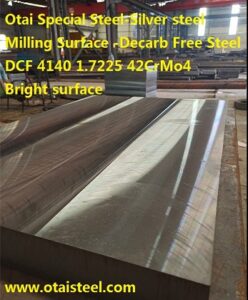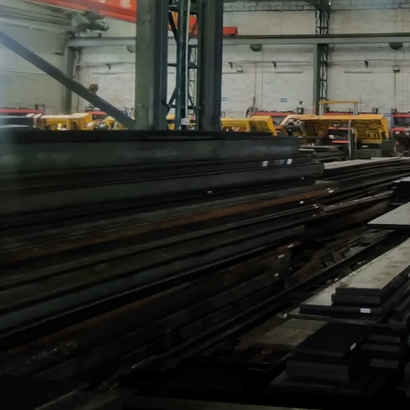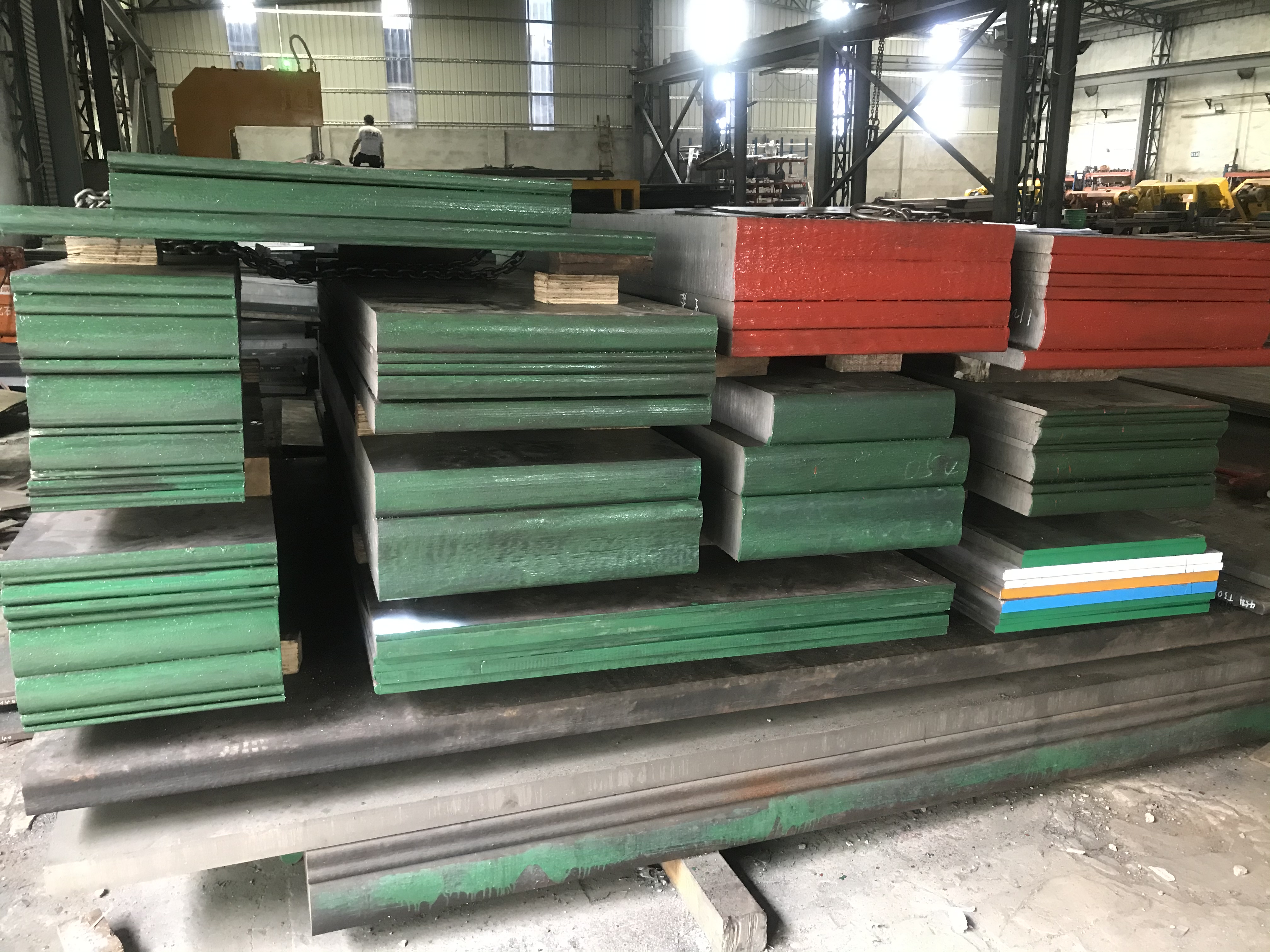What is the difference between 42CrMo and 42CrMo4?
42CrMo is a medium carbon alloy structural steel with good comprehensive properties and hardenability. It is often used in manufacturing gear, connecting rod, high strength bolts and other important parts in the processing process.
They come from different standards in different countries. 42CrMo is the material of Chinese standard GB / T 3077 and the specification of alloy structural steel. The material of 42CrMo4 belongs to EN 10083 series, Quenched and tempered steel.
1. Differences in chemical composition. As shown in the figure below, there is a slight difference in the content of element Si, and the content of Si in 42CrMo is less than that in 42CrMo4. In addition, according to gb3077, P and s contents can be divided into three grades, while 42CrMo4 only limits its maximum content.
2. Different Hardenability Requirements. The hardenability of 42CrMo has no specific value of quenching bandwidth. If there are special requirements, the buyer and the supplier can discuss the solution by themselves. The specific value of hardening bandwidth is specified in 42CrMo4. 42CrMo4 is divided into three grades h, HL and HH for reference when ordering.
3. Different delivery conditions. 42CrMo pipes are usually delivered in hot rolling and hot forging conditions. If the customer needs heat treatment conditions (annealing, normal goods, high temperature tempering), it should be indicated in the contract. For en1008342crmo4 pipe, there are five delivery conditions to choose from: no heat treatment, heat treatment, softening annealing, quenching and high temperature tempering.
4. Differences in impact test requirements. When the impact test is carried out according to GB / t2975, 42CrMo sample is taken at 1 / 4 of the outer diameter of the rod as the center of the rod with diameter greater than 50 mm. When the diameter of the sample bar is 25 mm, it should be modulated according to the requirements of heat treatment process, and then the tensile sample should be tested. In en10083 standard, bars are tempered according to the recommended heat treatment. When the sampling diameter is greater than 25 mm, the sampling position should be centered 12 mm around the outer diameter of the rod. In addition, 42CrMo uses Charpy u-notch toughness, while 42CrMo4 uses Charpy V-notch toughness. The two notches have the same depth, but the radii at the bottom of the notches are different (U-shaped 1 mm, V-shaped 0.25 mm).



